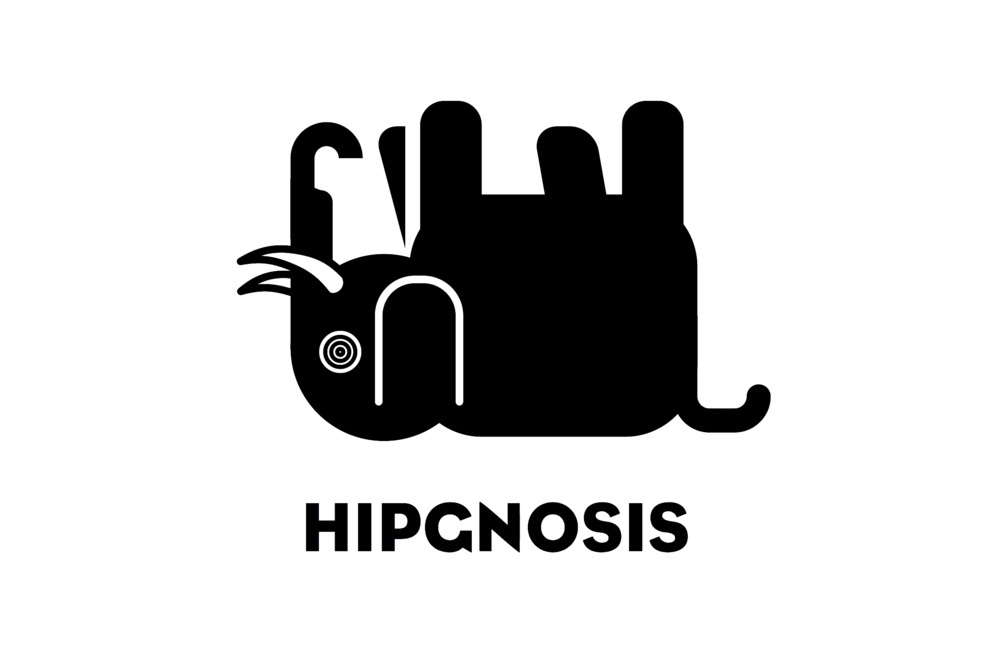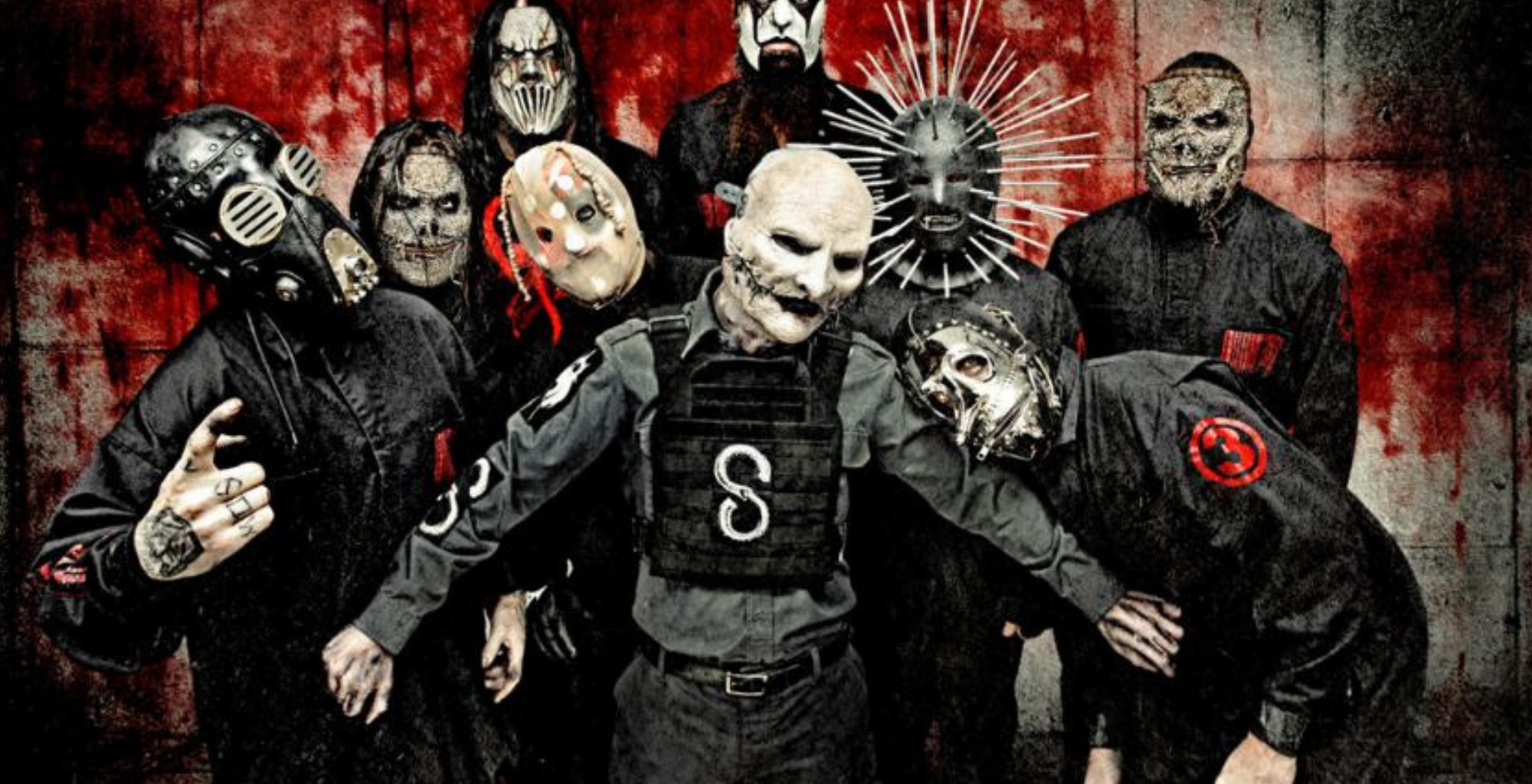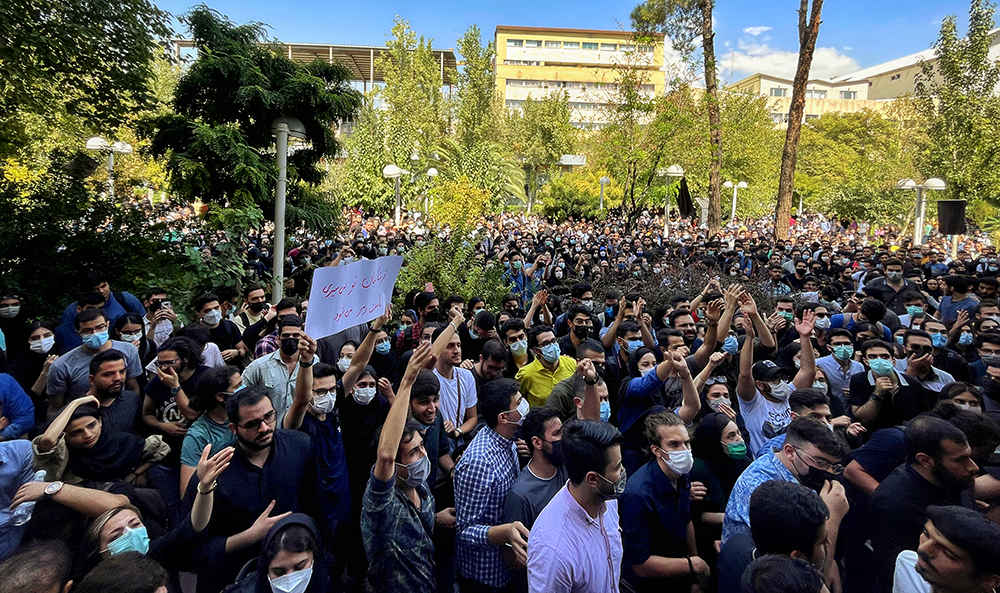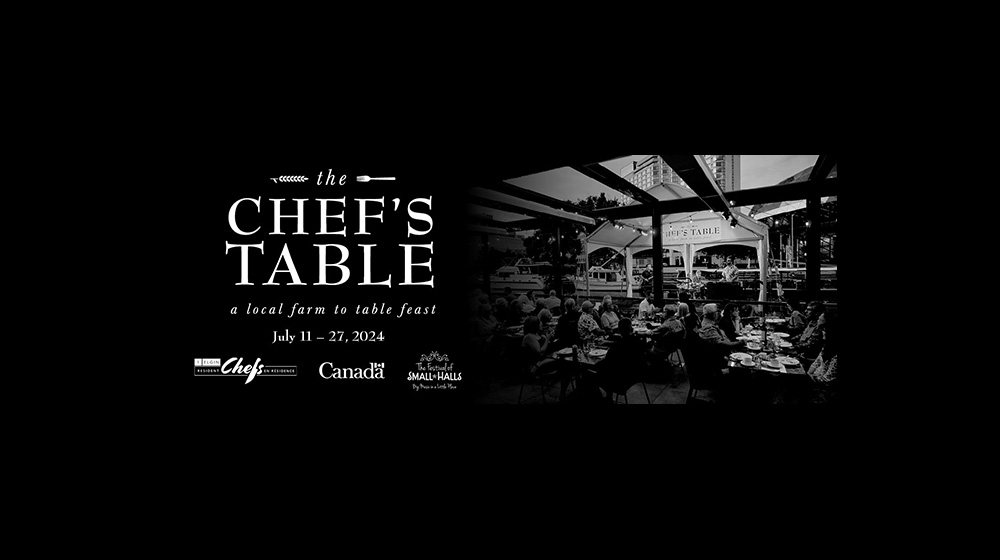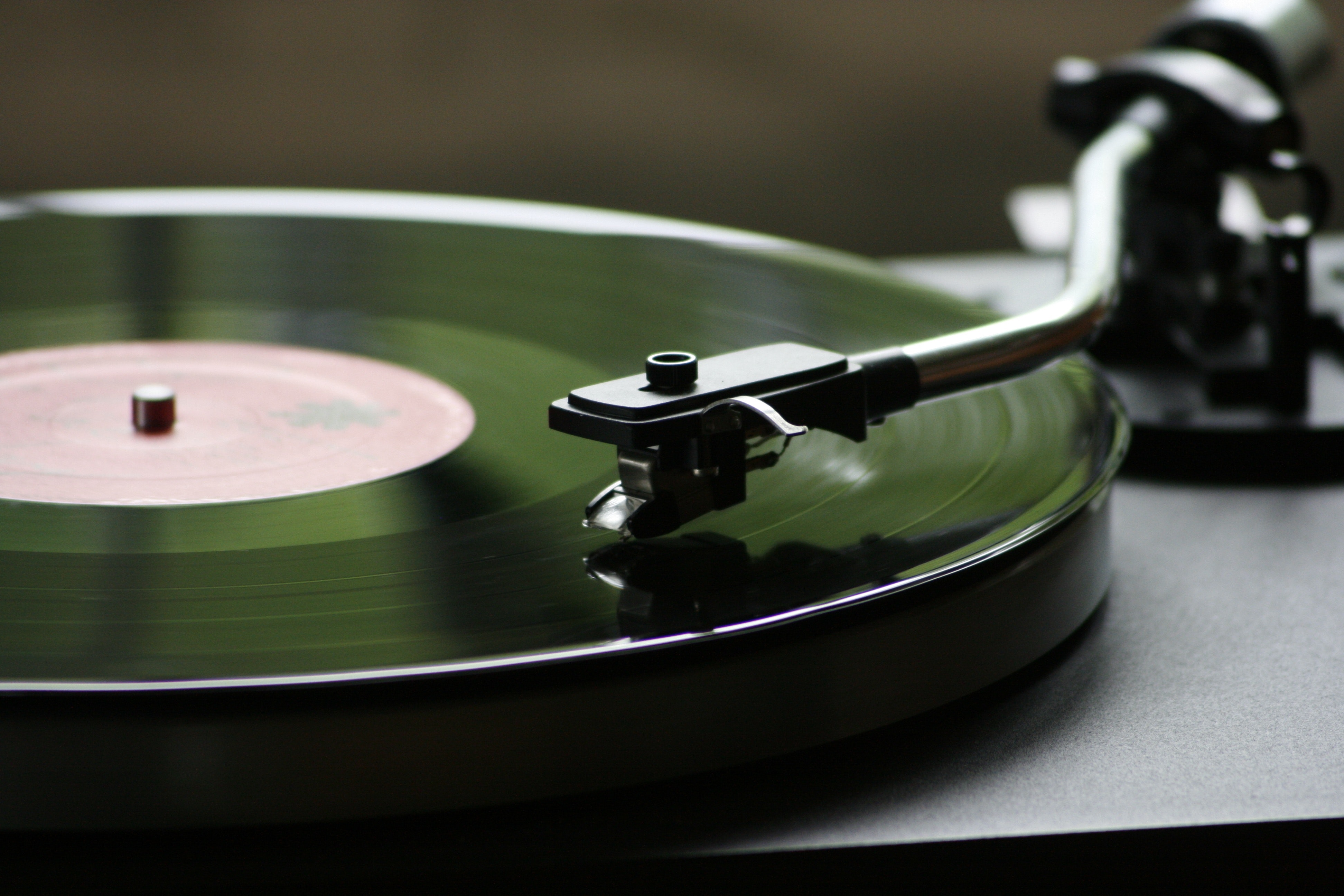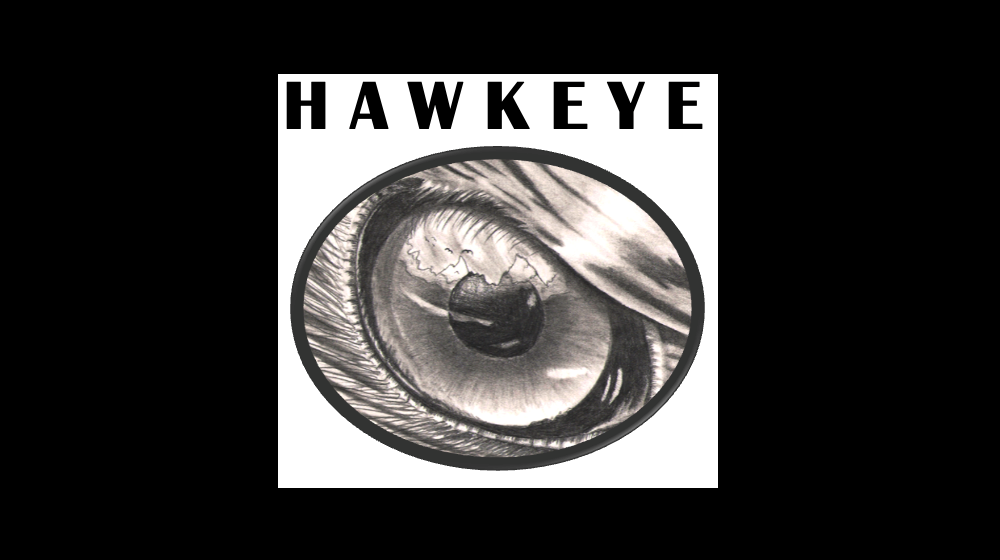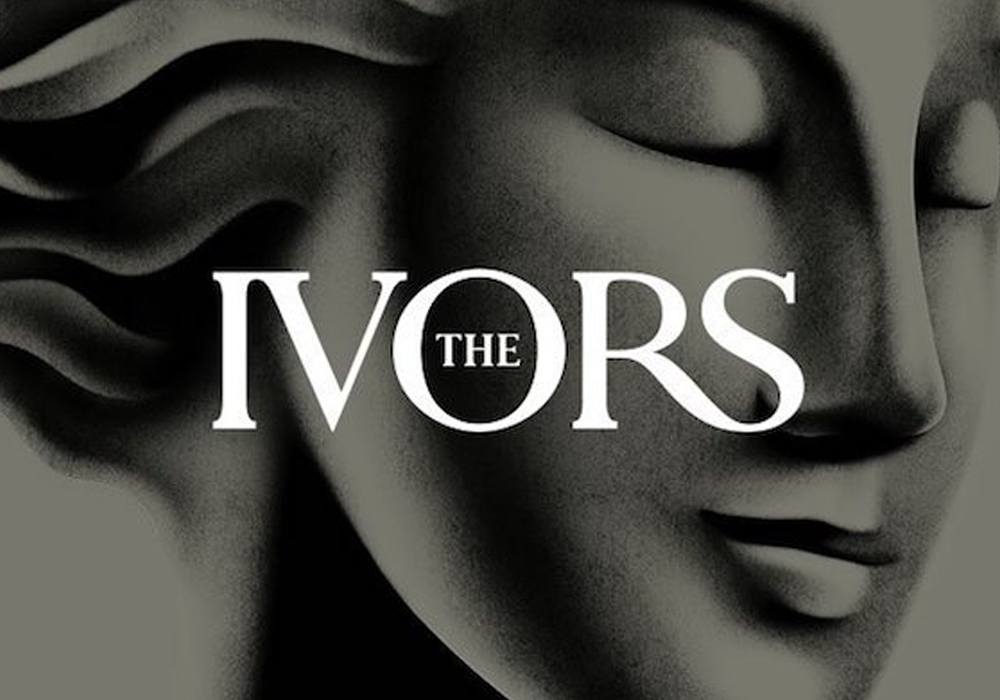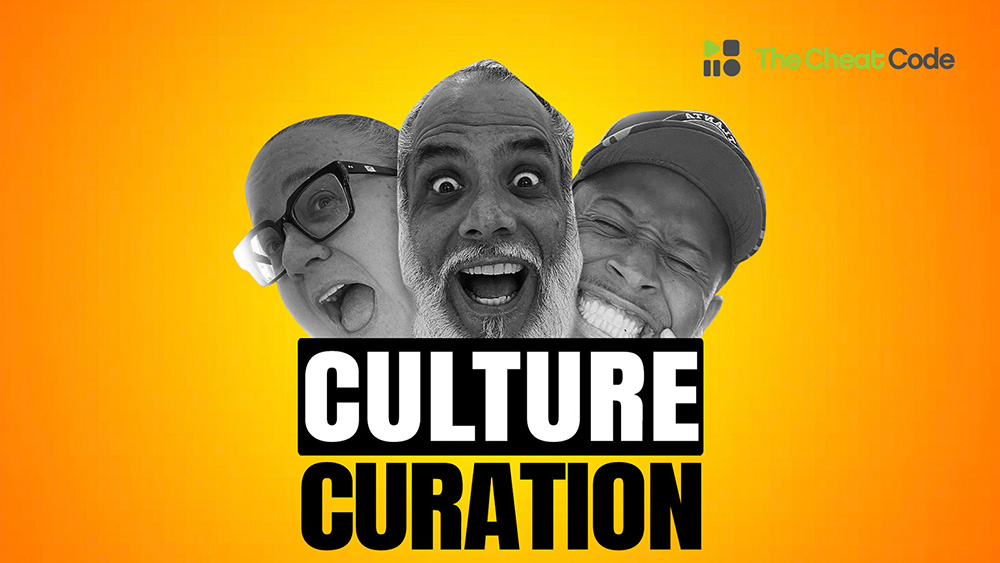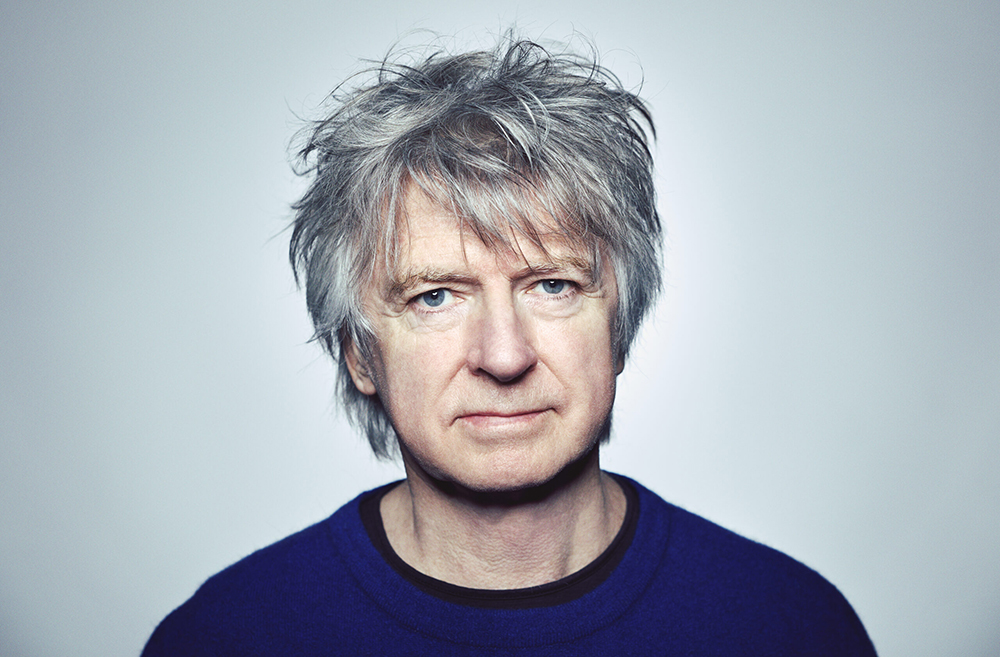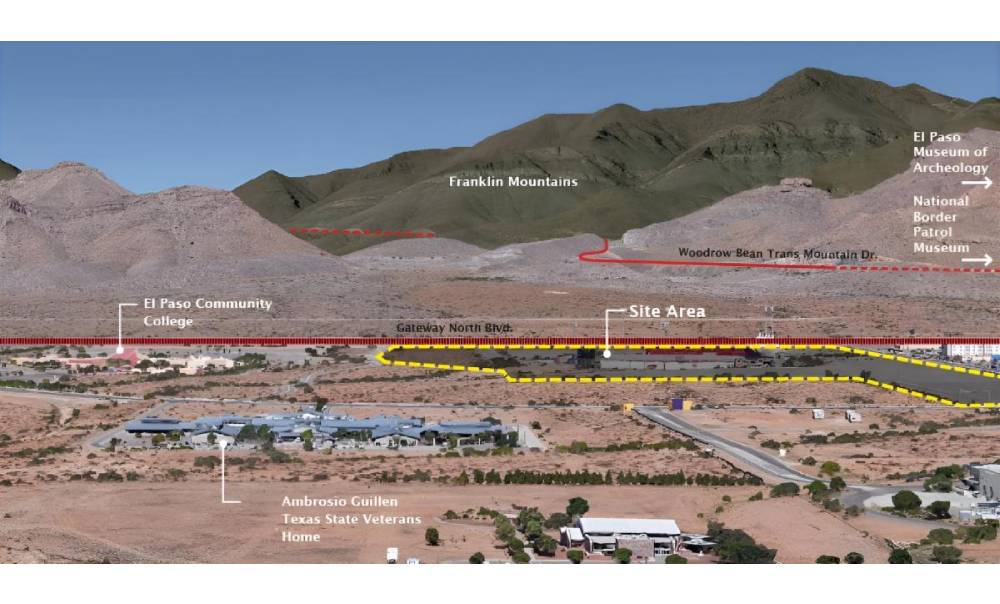(CelebrityAccess) — Canadian folk legend Buffy Sainte-Marie has pre-emptively responded to questions about her Indigenous ancestry ahead of a CBC documentary that was released today.
For decades, Sainte-Marie has been at the forefront of the Canadian folk scene and one of the most visible of the nation’s First Nation artists and identifies herself as a Cree singer-songwriter who believes she was born on Piapot First Nation reserve in Saskatchewan, according to her website.
However, she has conceded that she doesn’t know who her birth parents are, or if they are connected to the Cree people.
In a statement released on Thursday, Sainte-Marie said that she was adopted by a family of Mi’kmaq First Nation people and considers them to be her parents.
“As a young adult, I was adopted by Emile Piapot (son of Chief Piapot, Treaty 4 Adhesion signatory), and Clara Starblanket Piapot (daughter of Chief Starblanket, Treaty 4 signatory), in accordance with Cree law and customs. They were kind, loving, and proud to claim me as their own. I love my Piapot family and am so lucky to have them in my life,” Sainte-Marie said.
“I am proud of my Indigenous-American identity, and the deep ties I have to Canada and my Piapot family,” Saint. “My Indigenous identity is rooted in a deep connection to a community which has had a profound role in shaping my life and my work.”
“My mother told me many things, including that I was adopted and that I was Native, but there was no documentation as was common for Indigenous children born in the 1940’s,” Sainte-Marie said. “Later in my life, as an adult, she told me some things I have never shared out of respect for her that I hate sharing now, including that I may have been born on ‘the wrong side of the blanket,'” a phrase that suggests a child born out of wedlock.
She claims that she was later adopted by an American couple from Massachusetts as part of a 1960s policy by the Canadian government that encouraged the fostering or adoption of indigenous children by couples from outside of the First Nations communities.
However, the CBC News investigation claims that Sainte-Marie was born to American parents – Albert and Winifred Santamaria- in Stoneham, Massachusetts. According to the CBC, the family changed their name from Santamaria to Sainte-Marie to avoid anti-Italian discrimination during the Second World War.
“She wasn’t born in Canada.… She’s clearly born in the United States,” Heidi St. Marie, daughter of Sainte-Marie’s older brother, Alan, told the Fifth Estate. “She’s clearly not Indigenous or Native American.”
The CBC claims that Sainte-Marie was adopted by the youngest son of Chief Piapot, Emile Piapot, and his wife, Clara Starblanket Piapot when she visited the Piapot Cree reserve in Canada for a powwow in 1964.
Sainte-Marie’s response to the CBC’s upcoming expose also included statements from her family members who underscored their belief that Sainte-Marie is a member of the Piapot First Nation.
“No one, including Canada and its governments, the Indian Act, Institutions, Media, or any person anywhere can deny our family’s inherent right to determine who is a member of our family and community,” said Debra and Nitawin Piapot in a joint statement.
Her family members went on to say that the questions raised about Sainte-Marie’s identity were “hurtful, ignorant, colonial – and racist.”
Sainte-Marie declined CBC’s requests for an interview but shared a video statement along with a written statement.
The documentary by the CBC’s investigative news show, the Fifth Estate, debuted on October 27th.





















